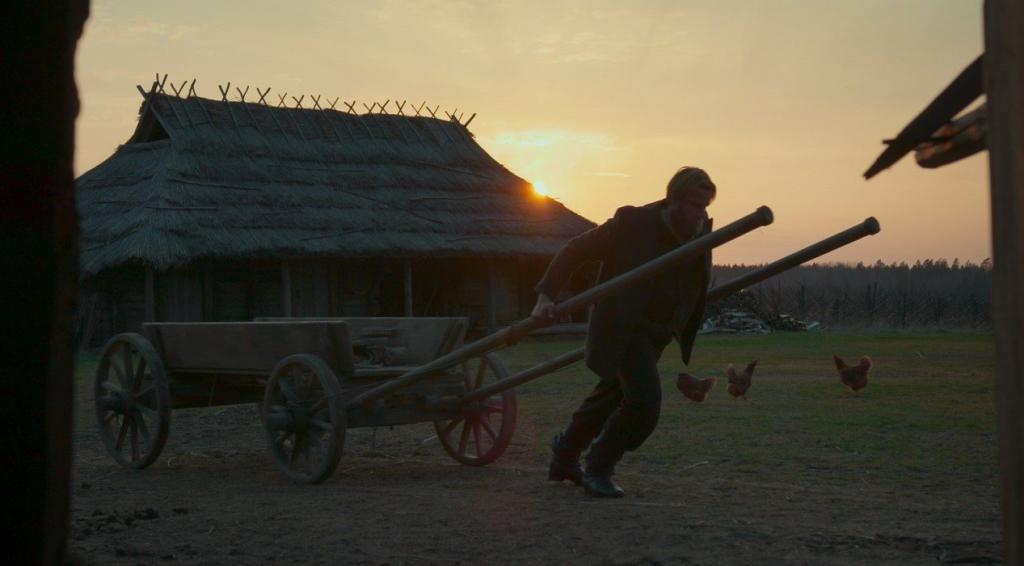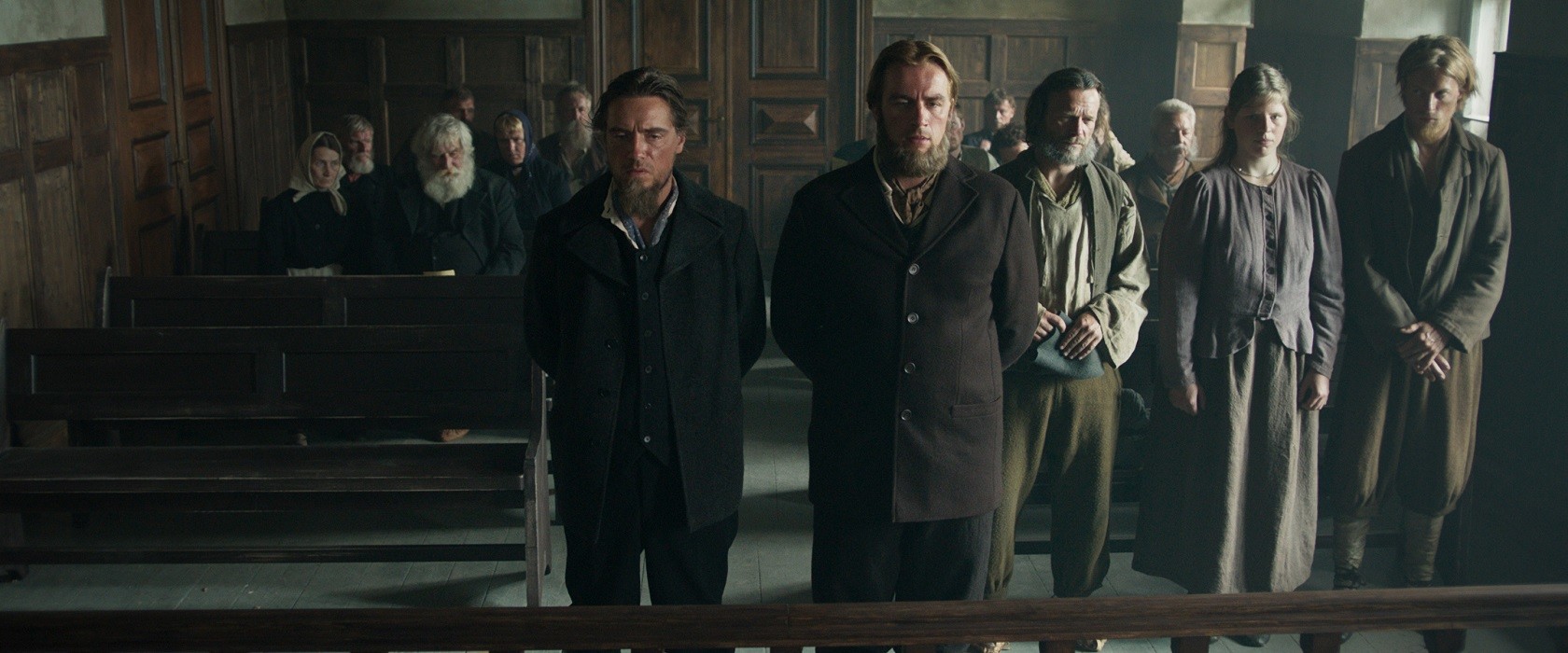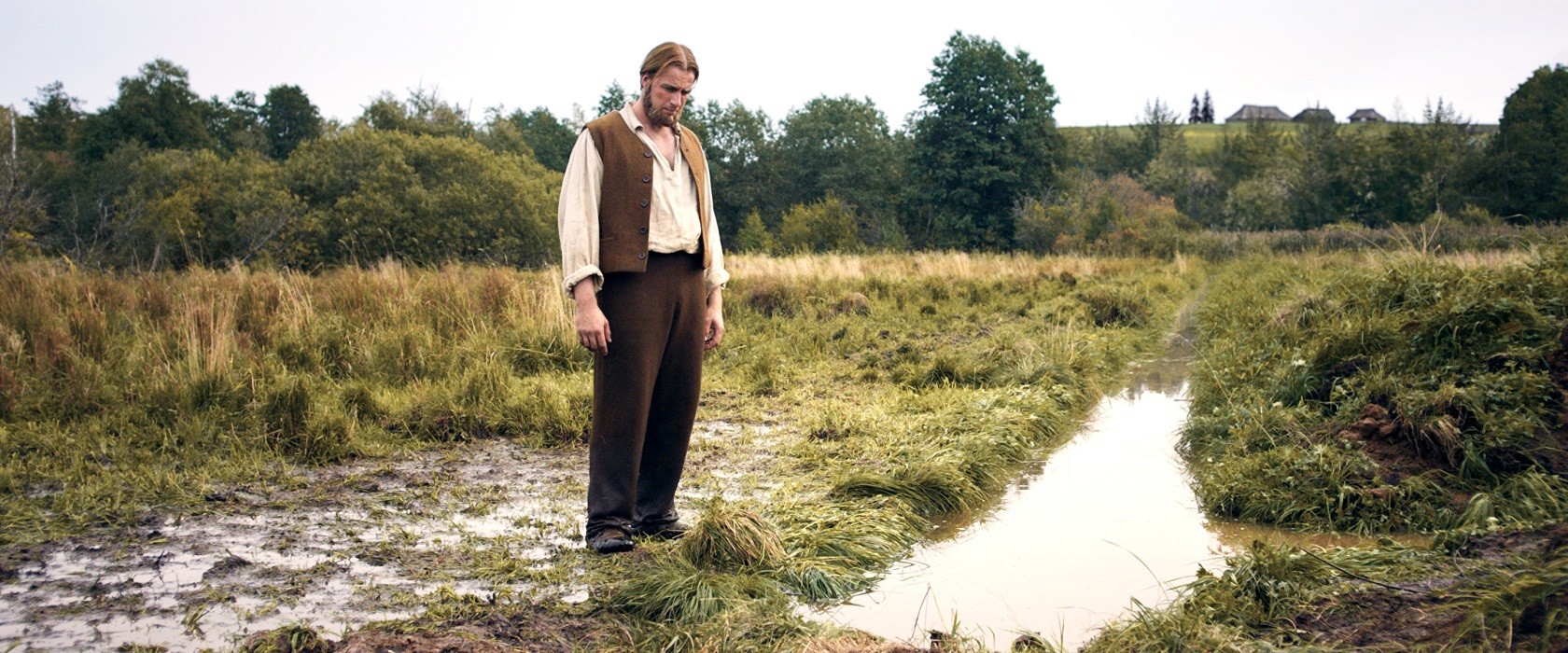Aaron Maniam, a Singaporean poet and policymaker, reviews “Truth and Justice”, an Estonian film based in part on the five-volume book series by A. H. Tammsaare.
As a poet, words are my main way of processing experiences and when I visit a new country, bookshops are among my first stops; even if all I can find are English translations, the poetry and fiction of a place help me get under its skin and feel the rhythm of its heartbeat.
I’ve spent the last six weeks in Estonia, conducting research for my PhD on digital government. I’ve found much to love – frozen waterfalls, sunset walks in Kadriorg park, how buckwheat is a powerful winter grain given its low glycaemic index, and the wonderful acidic sweetness of astelpaju (sea buckthorn) soda.
The features of a Shakespearean tragedy
Serendipitously, my visit coincided with the release of “Tõde ja õigus” (“Truth and Justice”), a film dramatisation of part of A. H. Tammsaare’s five-part novel series by the same name. The film has already broken multiple Estonian box office records. All Estonians study the series at some point in their education, usually after the age of 13 when they can start grappling with the novels’ weighty themes.
Tammsaare’s work is justifiably seen as the quintessential Estonian novel – although it is also a philosophical and cultural treatise. It follows the story of Andres, a man whose married life on a new farm, in an area called Robber’s Rise, begins full of hope and optimism but is gradually battered down and involves increasingly questionable personal decisions.
I was utterly spent after the film. Along with several others in the cinema, I simply stared at the screen, bereft of words as I ignored the rolling credits and pondered what I had seen. Andres had all the makings of a tragic Greek hero, complete with a tragic flaw – an unbending belief in “truth and justice” that made him easy prey for manipulation by his neighbour, Pearu.
But his story also had all the features of a Shakespearean tragedy – including the same relentless malevolence that whispers to Macbeth, Othello, Hamlet and King Lear, invisible yet actively shaping events, whether in the form of the three witches or something, unnamed, “rotten … in the state of Denmark”.
Andres also reminded me of Thomas Hardy’s anti-heroes, all rolled into one: like Michael Henchard, Clym Yeobright and Jude Fawley, he is a “fettered god … of the earth”, trying his best to make ends meet despite choices cruelly circumscribed by poor luck.
Struck by the role of the film’s landscape
I was also struck by the role of the film’s landscape: shot and portrayed with loving, exquisite detail by producer Ivo Felt and writer/director Tanel Toom. The sweep and scale of history, as well as the inexorable passage of time, came vividly alive in panning shots interspersed throughout the film, each several minutes long.
At several points, the landscape seemed not just to come alive, but to be a character in its own right, driving the storyline and characters without speech, but with nonetheless steady and deliberate force. The winter scenes were particularly powerful, with endless ice and furious snowstorms capturing the harsh conditions against which Andres and his fellow characters’ lives played out. These scenes brought to mind the echoing sorrow of Edith Wharton’s novella “Ethan Frome” – equally tragic and set against a similarly icy, bitter natural world.
Some might think that I mention these examples of world literature because I think Tammsaare’s masterpiece can only be evaluated against an Anglophone canon. Nothing could be less true. The inadequacies are mine rather than his – my prior exposure has been mostly to literature of the English-speaking world, which has become the primary lense through which I view other great work.
Ranking right up there with the best of the greats
Imperfect as this approach may be, it has meant one thing: I can recognise greatness when I see it, and I have little doubt that “Tõde ja õigus” ranks right up there with the best of the greats.
In two hours and 45 minutes, the film taught me a great deal about the subtleties and nuances of the Estonian worldview. In particular, I was humbled to see the origin of the phrase I had already heard quoted by my research interviewees as an explanation for the success of Estonian e-governance: “Work hard, and love will come.” I hope to deepen my understanding of this phrase and its layers of meaning on subsequent visits, even as I learn the many other uses of sea buckthorn in a place of which I grow more fond, every day.
I
Cover: A still from the film.




